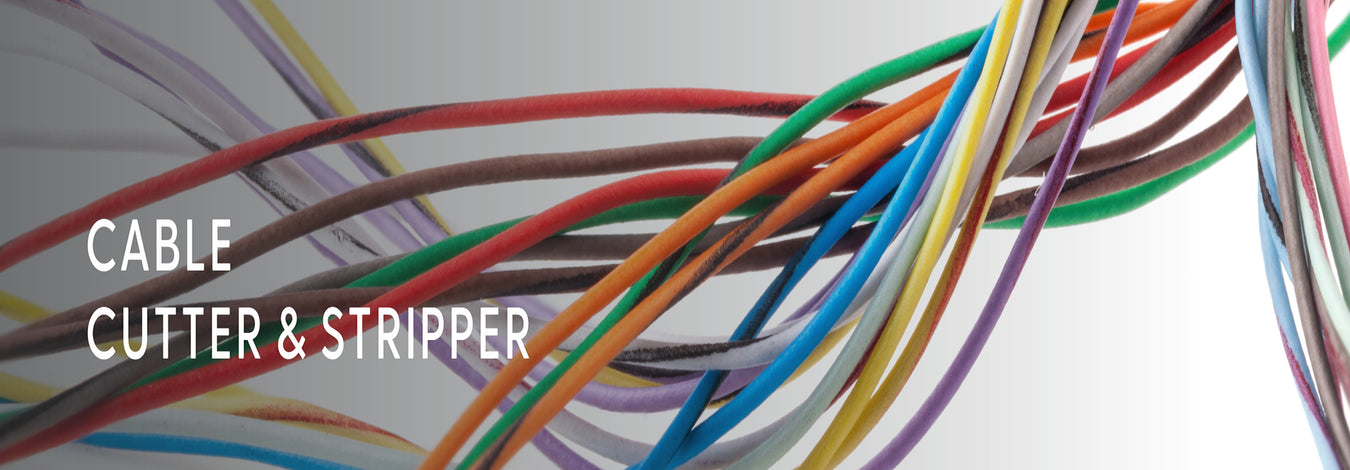
What Are the Two Types of Swaging Tools?
Swaging is common in nearly all industries, from automotive and construction to aerospace, when dealing with wire ropes. It’s a forging process that entails crimping swage wire fittings/sleeves/terminals to a wire rope to form a secure and tight connection. It’s a technique that requires one to use a unique tool called a swaging tool or a wire rope crimping tool. Swaging tools are different, but the main two types are mechanical/manual and hydraulic.
This post discusses the features of the tools mentioned above and their application.
The 2 Main Types of Swaging Tools
1- Mechanical/manual swaging tools
Hands entirely operate this type of wire rope crimping tool, and it’s designed with ergonomic handles for opening and closing jaws. Manual swaging tools also tend to be small to medium in size, making them quite portable for most users. The compatibility also allows one to make crimp connections in tight spaces.
Depending on the manufacturer, they may feature interchangeable sets of dies/jaws, making them versatile when working with swag fittings of various sizes. Other features that come with modern manual swaging tools include the iCrimp IWS-1608M/C Wire Rope Crimping Tool with a wire cutting range and a mechanism to adjust the crimping pressure when swaging. An example of a similar tool worth checking out is the iCrimp CWR1522 Wire Rope Tool.
Most hand-held/ manual swaging tools are generally affordable compared to other types of swaging tools. It’s worth noting that bench-mounted swaging tools such as the iCrimp IWS-1608DTS Bench Swaging Tool are also categorized as manual swaging tools.
Where are these types of swaging tools most used? As outlined above, these are pretty versatile tools; therefore, they’re used in a wide range of industries. For instance, they’re used in the crimp wire rope for bicycle locking mechanism DIY projects that involve cable railing installations. They’re also commonly used in making fishing lines using wire ropes.
2- Hydraulic swaging tools
Another common type of swaging tool is the hydraulic swaging tool. Unlike manual swaging tools that are entirely operated using hands, hydraulic swaging tools use hydraulic pressure to generate force for crimping swage fittings. Generally, they feature a semi-automated operation for crimping.
Depending on the model, some feature interchangeable jaws/dies, making it versatile. Most hydraulic swaging tools are mainly used for heavy-duty applications and can be bulkier than hand-held swaging tools. However, you can still find small ones meant for light-duty applications.
Hydraulic swaging tools are often used in industries such as construction, large-scale manufacturing/assembling, or projects that require crimping heavy-duty fittings.
Note: Other market swaging tools include pneumatic tools such as the iCrimp AM-116 Pneumatic Wire Rope Crimping Tool. This kind of tool is an ideal alternative to hydraulic swaging tools. Pneumatic swaging tools are efficient and consistent and help create high-quality crimp connections quickly. Above all, they have a semi-automated operation mechanism that makes them user-friendly.
Final Thought
There is a wide variety of swaging tools in today’s market, but manual and hydraulic swaging tools are the most common. Most professionals across different industries prefer these two types of swaging tools. However, choosing the exact type of swaging tool depends on factors such as intended application, number of fittings to be crimped, and size of the swage fittings.
iCrimp is the go-to platform for professionals and DIY enthusiasts to buy high-quality, affordable wire rope swaging tools for all types. Our tools are quite efficient in helping users make strong and reliable crimp connections between wire ropes and swage fittings.





